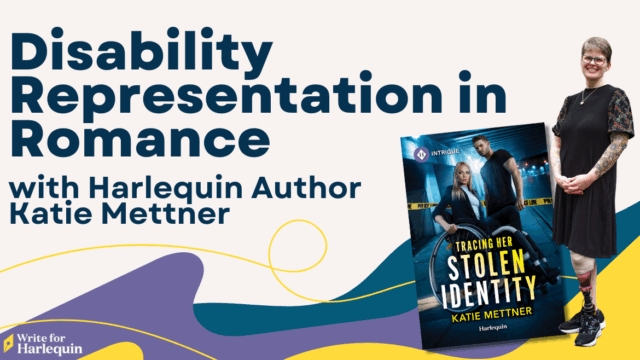 So we’ve bought the book, and titled it, and now the excitement–and fear!–builds as the next stage comes along! Yes, it’s the dreaded revision letter–but really, it’s not anything to be feared. Wee how Amy Woods dealt with her first revision letter from Carly Silver as her manuscript becomes a Harlequin Special Edition….
So we’ve bought the book, and titled it, and now the excitement–and fear!–builds as the next stage comes along! Yes, it’s the dreaded revision letter–but really, it’s not anything to be feared. Wee how Amy Woods dealt with her first revision letter from Carly Silver as her manuscript becomes a Harlequin Special Edition….
Take 1, Take 2…Take 3???
I’m so glad to be back on the SOLD! blog today, sharing more about my journey as a new author for Special Edition. This time, we’re talking about what’s quickly becoming one of my favorite aspects of readying a book for publication – revisions!
If you do a quick Internet search for “revisions,” you’ll unsurprisingly turn up millions of hits. Revisions are possibly the most talked about (whined about, cried about) parts of a writer’s job. Why? To be frank, I think it’s because, deep down, all writers have the faint hope that the books they turn in to their editors will be perfect. You know it’s true!
But I don’t believe that there is such a thing as a perfect book, especially one that hasn’t yet received editorial feedback. Despite all the hubbub about revisions, at the end of the day, they really serve one simple purpose: to make your book better. Truly, editors and authors have the same objective—both want to make a novel the best it can be. Looking at revisions in this light will make even the longest letter of notes from your editor less daunting.
I sold my first book, HIS TEXAS FOREVER FAMILY, to Harlequin prior to receiving revisions from my new editor. Rather than making me feel good, this fact actually scared the tar out of me. Most authors I’d heard of who sold had had many rounds of revisions prior to the sale, so I had no idea what to expect. Visions of seventeen-page revision letters danced through my head after I received “the call.” Happily, my first revision letter from Carly was far less terrifying than I initially thought it would be. She made it very clear that she loved the book, and that her notes were ways she thought it could be made even better. As a new author, I kept that in mind as I tackled my first set of revisions.
As it turns out, I wound up enjoying the process immensely. Revising the book was a chance to revisit characters I had last written about almost a year before, characters whom I had put completely out of my mind as I worked on a new project and waited to hear back about my submission. I read the book with fresh eyes, as though I hadn’t written it. While, of course, I needed to rework several parts of the book, I also had the fantastic experience of realizing that I enjoyed my own writing. Sometimes, as writers, we get so caught up in finding all of the “bad” parts of our writing – the parts that need to be fixed – that we forget to delight in our own work.
So, having successfully, and joyfully, worked through my first revision letter, here are some tips:
- When you first get your revision letter or email, read it straight through, regardless of the many emotions you might feel. Then, set it aside for a few days and let it simmer. All of your initial reactions will settle to the bottom, and the editor’s suggestions will rise to the top, so you’ll be able to see clearly and objectively the work that needs to be done.
- Read your manuscript from beginning to end, just as a reader would. Try not to focus on editing this go round, but make brief notes about major things that pop out as you read.
- Now, read the revision letter again, and make your own notes about how you plan to address each of the editor’s suggestions. You’ve reviewed the whole book again at this point, so it’s fresh in your mind, and you’ll be able to connect what you’ve read to the revision letter. You might decide to address large issues, such as plot holes or character motivations, first and then tackle the minor problems later.
- Then, settle in to work. I gave myself a page count that I wanted to revise each day, much like the word count goals I made when drafting the book. This allowed me to break down the work to a manageable daily amount, and I was able to see my daily and weekly progress, which I found motivating.
- Send that baby back to your editor, then start on your next project.
As with any writing advice, these steps may not work for everyone, but I hope you find some of them helpful as you work through your own revision letter.
Thank you, Amy, and we’re eager to see how you make it to your September 2014 debut!
You can also keep up with Amy’s adventures on her website or on Twitter, where she is @AmyWoodsBooks. Her editor can be found on Twitter as @CarlyASilver.
And don’t forget to check out our Writing Guidelines for specifics for each line, or visit the Harlequin Community!




